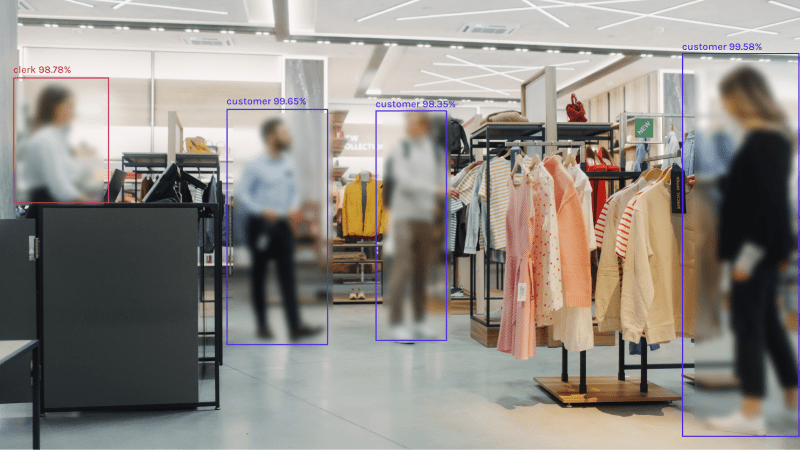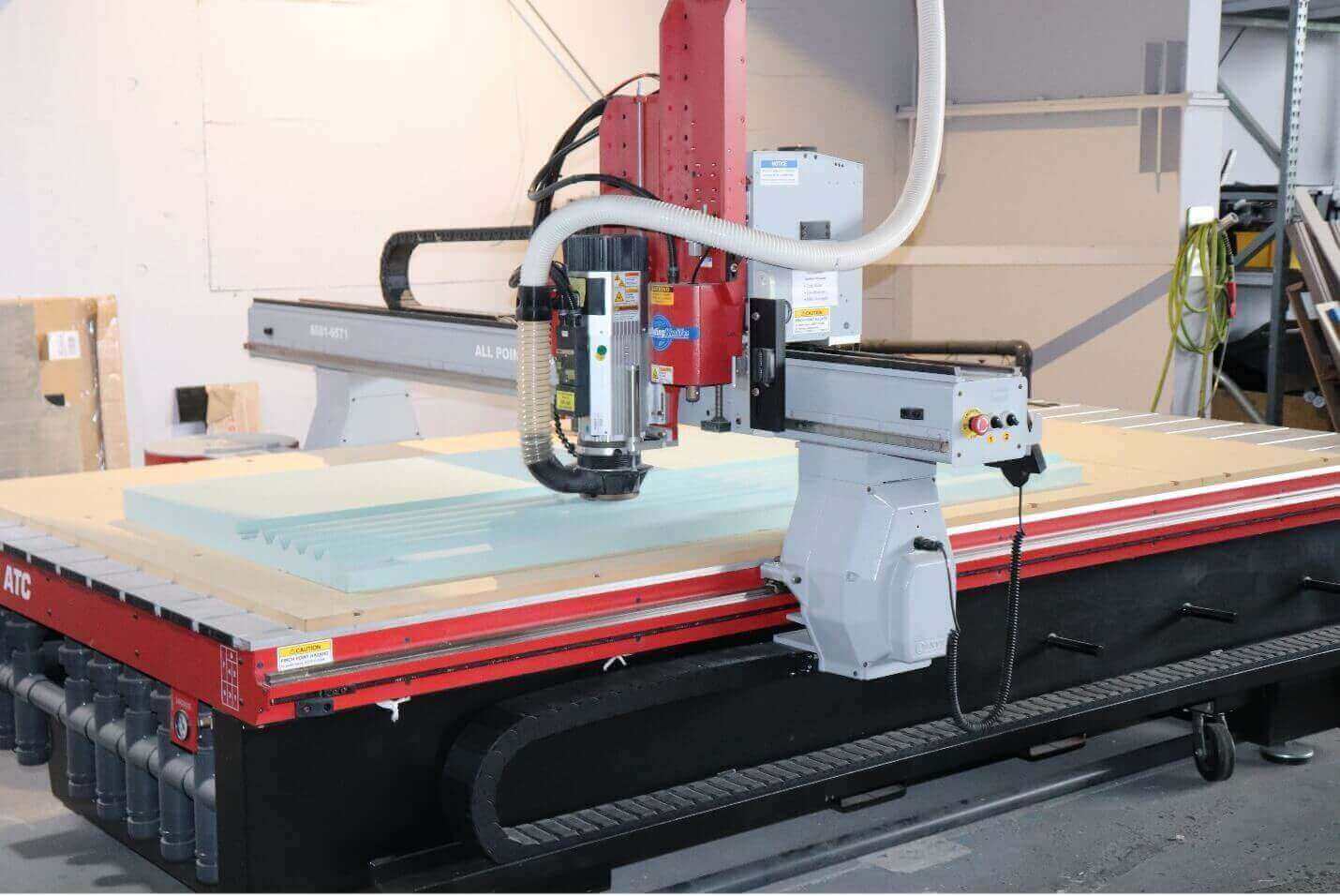AI Video analytics software Can Improve Hospital Safety and Security
In the ever-evolving landscape of healthcare, ensuring the safety and security of patients, staff, and valuable assets within a hospital environment is of paramount importance. Traditional security measures, while effective to a certain extent, often fall short in addressing the dynamic challenges faced by healthcare institutions. The integration of Artificial Intelligence (AI) video analytics software emerges as a transformative solution, offering a sophisticated and proactive approach to hospital safety and security.
Real-Time Threat Detection:
One of the primary benefits of AI video analytics software in hospitals is its ability to provide real-time threat detection. Advanced algorithms can analyze video feeds from surveillance cameras, instantly identifying and alerting security personnel to potential threats or abnormal activities. This includes unauthorized access to restricted areas, suspicious behavior, or the presence of unattended objects, allowing for swift intervention before a situation escalates.
Patient and Staff Monitoring:
AI video analytics extends beyond traditional security measures, offering hospitals a means to enhance patient and staff monitoring. Through the analysis of video data, the software can track the movement and well-being of patients, ensuring they are receiving proper care. Additionally, it aids in monitoring staff activities, ensuring adherence to safety protocols and identifying potential areas for improvement in healthcare delivery.
Access Control and Authentication:
Security breaches often occur through unauthorized access to sensitive areas. AI video analytics software, when integrated with access control systems, provides an additional layer of security. Facial recognition technology can be employed to authenticate individuals, ensuring that only authorized personnel have access to critical locations such as laboratories, medication storage, or restricted patient areas.
Asset Protection and Inventory Management:
Hospitals house valuable medical equipment, pharmaceuticals, and other assets that are essential for patient care. AI video analytics can play a crucial role in protecting these assets by monitoring their locations and detecting any unusual activities. Furthermore, the software aids in inventory management by tracking the movement and usage of medical supplies, reducing the likelihood of theft or misplacement.
Emergency Response Optimization:
In critical situations such as fire, natural disasters, or security incidents, quick and efficient emergency response is vital. AI video analytics software can contribute to optimizing emergency response by providing real-time information on the situation, guiding emergency personnel to the affected areas, and facilitating a more coordinated and effective response.
Behavioral Analytics for Predictive Insights:
AI video analytics goes beyond reactive measures by incorporating behavioral analytics for predictive insights. By analyzing historical data, the software can identify patterns and trends, allowing hospitals to anticipate potential security risks. This proactive approach enables institutions to implement preventive measures, reducing the likelihood of security incidents and ensuring a safer environment for all.
Compliance with Regulatory Standards:
The healthcare industry is subject to stringent regulatory standards concerning patient privacy and security. AI video analytics software can aid hospitals in ensuring compliance with these standards by monitoring and safeguarding patient information and sensitive areas. This not only protects the institution from legal consequences but also instills trust among patients and stakeholders.
Privacy Considerations and Ethical Implementation:
While the benefits of AI video analytics in hospital safety and security are evident, it is crucial to address privacy concerns. Proper implementation should adhere to ethical standards, ensuring that patient privacy is respected. Anonymizing data, implementing strict access controls, and regular audits can contribute to ethical AI usage in healthcare settings.
Conclusion:
The integration of AI video surveillance software in hospitals represents a significant leap forward in enhancing safety and security. By providing real-time threat detection, optimizing emergency response, and offering predictive insights, this technology not only mitigates risks but also contributes to the overall efficiency and quality of healthcare services. As hospitals embrace these advancements, they move towards a future where patient well-being is not only prioritized in medical care but also safeguarded through cutting-edge security measures.





